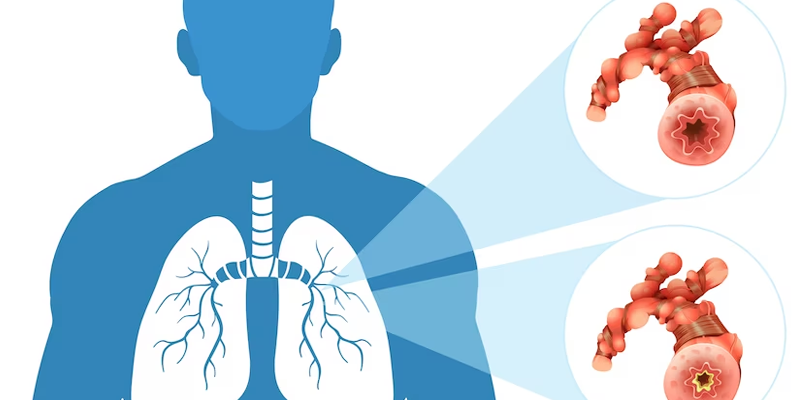Pleural Fluid Aspiration

Pleural Fluid Aspiration
The space between your lungs and chest wall is normally a thin potential space. However, sometimes fluid can accumulate in this area, a condition known as pleural effusion. This fluid buildup can cause breathing difficulties, chest pain, and coughing. Pleural fluid aspiration, also called thoracentesis, is a minimally invasive procedure used to remove excess fluid from the pleural space for diagnostic or therapeutic purposes.
What is the purpose of pleural fluid aspiration?
Pleural fluid aspiration serves two main purposes:
- Diagnosis: The removed fluid is analyzed in a laboratory to determine the cause of the effusion. This can help diagnose various underlying conditions, such as pneumonia, heart failure, liver disease, or cancer.
- Symptom relief: Removing excess fluid can alleviate symptoms like shortness of breath, chest pain, and coughing, improving breathing and overall comfort.
How is the procedure performed?
Pleural fluid aspiration is typically performed in an outpatient setting, such as a doctor's office or hospital. Here's a general overview of the steps involved:
- Preparation: You will be positioned comfortably, usually sitting upright or lying on your side. The area around the puncture site on your back will be cleaned with an antiseptic solution.
- Anesthesia: Local anesthesia is injected to numb the area. You may feel a slight sting, but the rest of the procedure should be painless.
- Fluid removal: A thin needle is inserted into the pleural space using ultrasound guidance to ensure accurate placement. Fluid is then gently drawn out using a syringe or chest drainage catheter.
- Monitoring: After the procedure, you will be monitored for any complications, such as bleeding or infection. You may also have a chest X-ray to check for any remaining fluid or lung expansion.
What are the potential risks and complications?
Pleural fluid aspiration is generally a safe procedure with minimal risks. However, like any medical procedure, there are potential complications, such as:
- Bleeding
- Infection
- Pneumothorax (collapsed lung)
- Injury to blood vessels or nerves
Recovery and follow-up
Following the procedure, you may experience some soreness at the puncture site, which can be managed with over-the-counter pain medication. You should avoid strenuous activities for a few days and report any concerning symptoms to your doctor.
